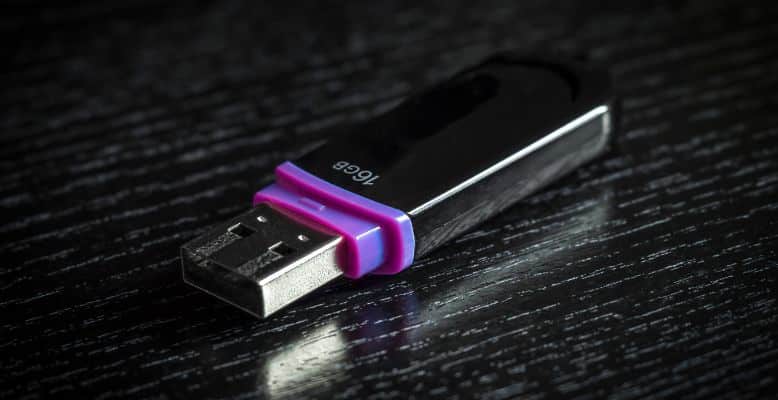
Blink cameras have valuable features like motion detection, good quality video, and long battery life. But do blink cameras have local storage?
Here's what we cover:
What Is Local Storage With Blink Security Cameras?
When you purchase and install a Blink security camera, you need some place to store the video footage you want to save. In most cases, you will have a Blink cloud storage subscription plan.
A Blink cloud storage subscription plan allows you to safely and securely store all your digital video footage on Blink’s cloud servers for around $3 per month.
Using a local storage option instead, such as a USB flash drive, is a way to store your footage locally without the cloud.
It is easy to set up, but you need some things first.
How Does Local Storage Work With Blink Cameras?
Saving footage locally from a Blink camera starts with a small piece of hardware that Blink offers called a Blink Sync Module 2.

The Blink Sync Module 2 has a built-in USB port that allows you to insert a USB drive (it will enable formatted drives with up to 256GB of capacity). When it saves the video feed to your Blink USB storage, there are a couple different ways that it does it depending on whether or not you have a Blink cloud storage subscription:
- With a Blink cloud storage subscription – the USB drives only act as a backup. Once per night, the module will automatically download all the video footage for that day from the cloud and copy it to your USB drive.
- Without a Blink cloud storage subscription – the videos are recorded directly to the USB drive, and no cloud access is required. You can playback the videos on your computer whenever you want.
I believe that if you have an active Blink cloud subscription, it is probably not something you need because the cloud will keep everything for you anyway.
But, if you want to save a bit of money by not paying the monthly subscription fee, using local storage with a Blink Sync Module 2 is ideal.
Blink Cameras That Have Local Storage
The following Blink camera options should work with the setup described above:
The Blink XT and Blink XT2 cameras do not have the option for local storage and only use the cloud to store video.
Advantages Of Using Local Storage Vs. A Blink Subscription
There are several pros to using local storage instead of a cloud subscription plan:
- Save money by not paying the monthly subscription fee.
Disadvantages Of Using Local Storage
There’s a little snag some folks need to be made aware of. If you’re rolling with local storage only and no subscription plan, there’s a scenario where the camera might stop recording.
So, here’s the deal – if you get a notification on your phone about some movement and go into the app for a live view, it’ll stop recording to your USB drive. And, let’s be honest, who doesn’t love to check the live view when you get a notification, but the downside is it won’t get stored on the USB drive. Bummer, right? But don’t worry. There’s always a plan B!
What Happens When Blink Local Storage Is Full?
When your USB drive is full, the Sync Module will delete the oldest video clips to make room for new video clips. Kind of a first-in-first-out setup.
Conclusion
So, if you’re trying to keep things simple and save some cash, the Sync Module is the way for your local recording needs. It’s a solid choice and will save you some serious dough compared to the monthly cloud storage subscription.
But if you want to step up your game, go for the subscription plan with a handy USB backup and the Sync Module. Trust me, it’ll give you the best possible experience.
